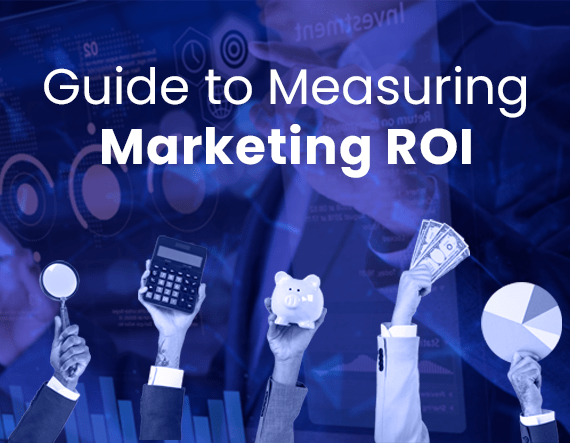In today’s digital age, measuring marketing ROI is more important than ever. With the abundance of marketing channels available, it can be challenging to determine which strategies are effective in driving revenue and which are simply a waste of resources. In this article, we will discuss the key metrics that tech companies should focus on to accurately measure their marketing ROI.
Website Traffic
One of the first metrics to consider when measuring marketing ROI is website traffic. By tracking the number of visitors to your site, you can gain valuable insights into the effectiveness of your marketing efforts. Tools like Google Analytics can provide detailed data on where your traffic is coming from, how long visitors are staying on your site, and which pages are generating the most interest. By monitoring these metrics regularly, you can identify trends and make data-driven decisions to optimize your marketing strategies.
Conversion Rate
Another crucial metric for measuring marketing ROI is the conversion rate. This metric calculates the percentage of visitors who take a desired action on your website, such as making a purchase or signing up for a newsletter. By tracking your conversion rate, you can determine how well your marketing efforts are driving traffic that ultimately leads to sales. If your conversion rate is low, it may be time to reassess your messaging, Calls-to-Action, or overall user experience to improve results.
Customer Acquisition Cost
Customer Acquisition Cost (CAC) is another essential metric for measuring marketing ROI. This metric calculates how much it costs to acquire a new customer through your marketing efforts. By comparing your CAC to the lifetime value of a customer, you can determine if your marketing campaigns are generating a positive return on investment. If your CAC is too high, it may be time to reevaluate your targeting, messaging, or channel strategy to improve efficiency and drive down costs.
Return on Ad Spend
Return on Ad Spend (ROAS) is a key metric for measuring the effectiveness of your paid advertising campaigns. This metric calculates the revenue generated for every dollar spent on advertising. By tracking your ROAS, you can determine which ad campaigns are delivering the best results and adjust your budget accordingly. If your ROAS is low, it may be a sign that your targeting, messaging, or creative needs to be optimized to drive better performance.
Customer Lifetime Value
Customer Lifetime Value (CLV) is a metric that calculates the total revenue a customer is expected to generate over their lifetime with your company. By understanding your CLV, you can determine how much you can afford to invest in acquiring new customers and retaining existing ones. By increasing your CLV through targeted marketing, personalized messaging, and exceptional customer service, you can drive long-term profitability and sustainable growth for your tech company.
Conclusion
As a tech company, measuring marketing ROI is essential for driving growth and staying competitive in the digital marketplace. By focusing on key metrics like website traffic, conversion rate, customer acquisition cost, return on ad spend, and customer lifetime value, you can accurately measure the effectiveness of your marketing strategies and make data-driven decisions to optimize performance. By continuously monitoring and analyzing these metrics, you can drive revenue, reduce costs, and achieve long-term success for your tech company.
